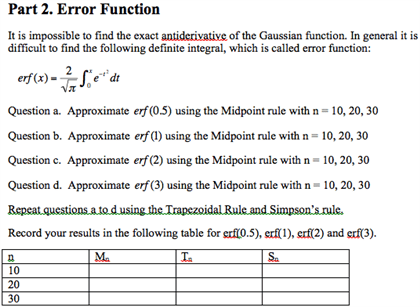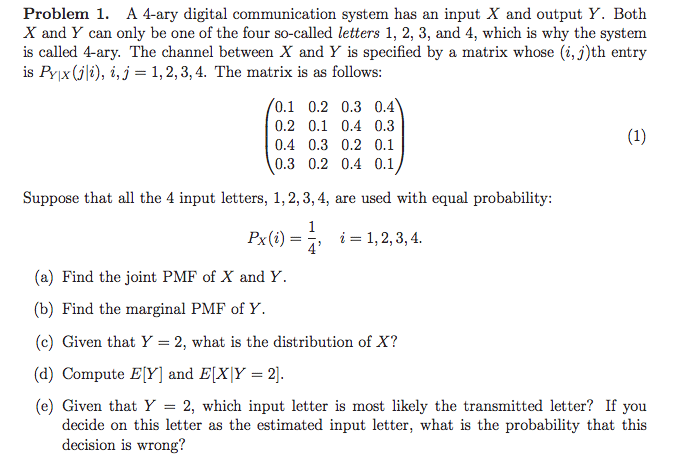NUTR3000 Lecture Notes - Lecture 6: Dietary Fiber, Active Transport, Nitrogen Balance
Document Summary
Carbohydrates (cho"s) are comprised of carbon, hydrogen and oxygen. They are broken down into monosaccharides for absorption; fructose and galactose need to be transported to the liver to be converted into glucose (glycolysis: used for cell respiration); the body stores fat easier than glucose (efficiently packed) The storage form for cho is glycogen, which is stored in the liver and muscles. The primary role of cho in the body is to provide energy. 1g of cho = 4 kcal (1g of fat = 9 kcal) It is the preferred fuel source for the cns (brain uses almost the glucose) Glycogen and glucose are critical fuels for high intensity (>50% vo2max) exercise. Mcardle"s patients are only able to exercise maximally at 50% that of others due to their lack of the enzyme called glycogen phosphorylase (whose primary role in muscle is to break down glycogen > glucose for energy) Fatigue during prolonged exercise has long been associated with glycogen depletion.




